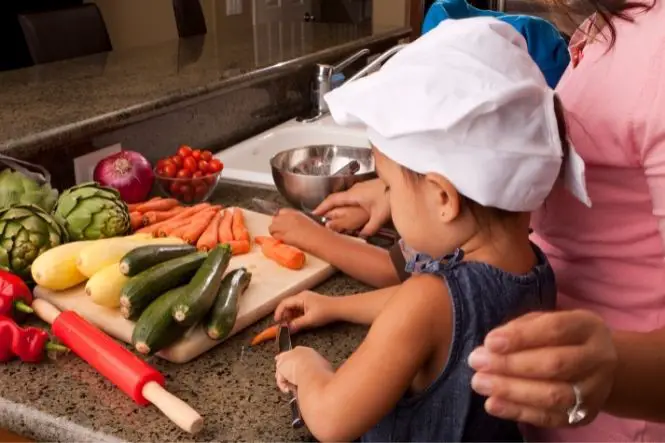Highchairs are one of the essential pieces of equipment for young children, offering a functional, practical and fun way of eating a meal. But as with other forms of baby equipment, if used incorrectly, they could prove unsafe and dangerous. Here’s a useful guide to choosing and using highchairs, so safety isn’t compromised.
When to get a Highchair
When your child is able to sit up unaided, they’re ready to start using a highchair. The exact time when this occurs varies slightly from baby to baby, but it’s usually at about seven to eight months of age. Although highchairs are a great way of feeding a child, they do need to be used with care and children need to be strapped in safely, otherwise accidents could occur.
Choosing and Using Highchairs
All highchairs sold in the UK have to conform to Safety Standards, to ensure they’re sturdy and safe to be used. Sometimes the mark is found on the product itself, or on its packaging. The standard you need to look out for on highchairs is: BS 14988-1. This standard was introduced in 2006 and replaced the old safety standards for highchairs (BS 5799 and DD ENV 1178-1).
Highchairs have a number of safety aspects built in, so it’s a good idea to look out for the following features:
- A wide base – this will ensure the chair is sturdy and stable, offering less of a chance of the highchair accidentally toppling over.
- A five-point harness – this consists of two waist straps, two shoulder straps and a crotch strap which fasten at the tummy and provide maximum security for your child.
- D-rings – these offer the opportunity to attach an additional harness if you wish.
- Removable and adjustable trays – you can adjust the distance of the tray to your child and it’s useful being able to easily remove them for cleaning.
- Removable covers and straps – these allow easy access for cleaning.
In addition, you’ll find that there are four main different types of highchairs to choose from:
- Combination highchairs – made up of a table and chair that combine to form a highchair.
- Convertible highchairs – they can be adapted as your child grows, which provides longer use of the product (and can also save money).
- Multi-functional highchairs – they have all the features you require, including a height-adjustable seat, but may take up more space when storing.
- Lightweight folding highchairs – simply designed, and can be folded up and stored away easily. Good if you’re short of space.
Other Safety Issues when Using Highchairs
When your toddler is in the highchair, remember to keep all sharp objects well out of their reach. Tablecloths and placemats can also be hazardous if pulled, so make sure your child can’t reach out and pull them off the table – especially when they’ve got hot drinks or hot plates on them.
Babies love to throw food around. If it lands on the floor, it could become slippery, so watch out for this as you take your toddler out of the highchair. You don’t want him to fall over on the floor, nor do you want to slip over. Remember that bacteria can develop at room temperature, so give the highchair a good wipe over after each use, so it stays safe and clean for your baby.
It’s also a good idea to give your highchair a regular check for any loose fittings or sharp edges, as even the toughest materials can suffer from regular use. Finally, as you lift your baby in and out of the highchair, take care of your back.





